As technology advances and plays a larger role in the automotive industry, safety features such as active brake assist have become increasingly prevalent.
Specifically, the limited diagnosis of active brake assist function in Mercedes-Benz models has proven valuable in preventing accidents and improving the overall driving experience. However, many Mercedes-Benz owners may not be fully aware of the capabilities and potential of this feature.
Here, we will provide a comprehensive, step-by-step guide on active brake assist functions limited diagnosis Mercedes-Benz. By understanding the ins and outs of this feature, you can ensure that your vehicle is operating at its highest level of safety and functionality, ultimately enhancing your driving experience.
From its basic functions to advanced settings, we will cover everything you need to know to make the most of this innovative technology. So, let’s dive in and discover how to maximize the active brake assist function in your Mercedes-Benz.
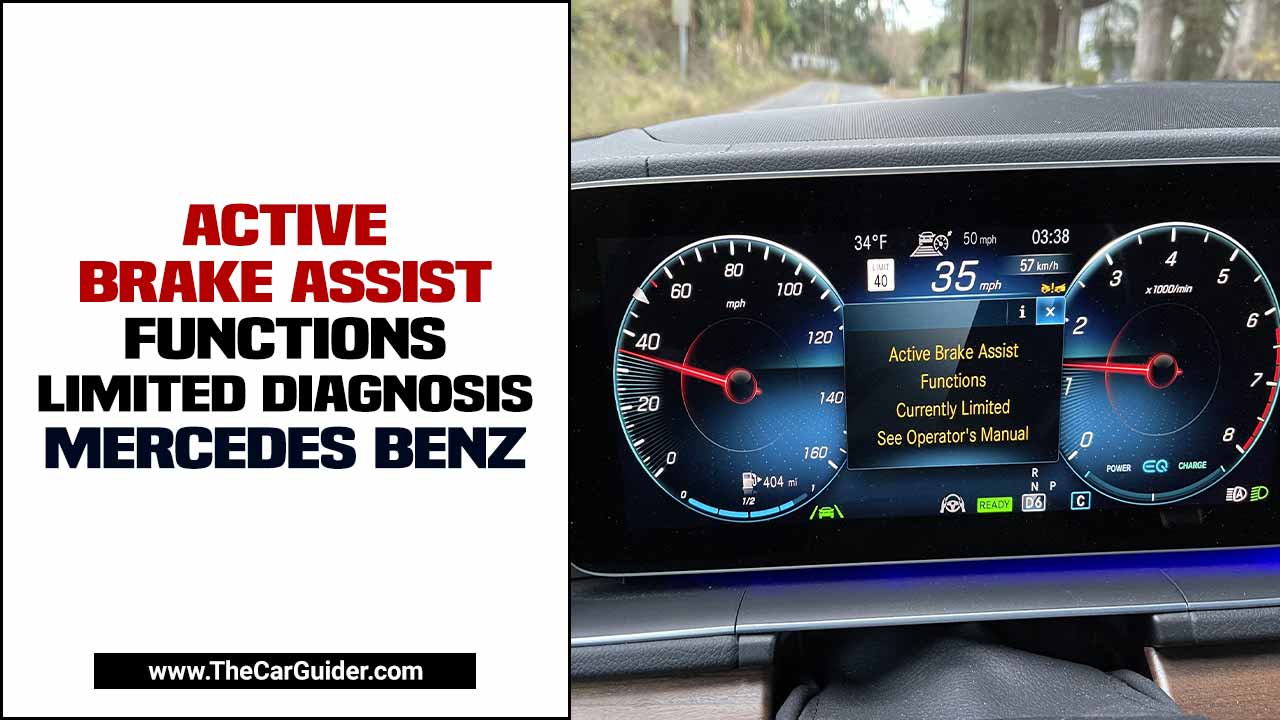
Key Takeaways:
- Active Brake Assist: Automatically applies brakes to prevent collisions. The “functions limited” message indicates a temporary issue, often due to sensor or software problems.
- Driving with Warning Light On: Driving with the Active Brake Assist light on is unsafe, as the system may not function correctly. Get it checked by a technician.
- Main Features: Includes forward collision warning, emergency braking, pedestrian detection, and cross-traffic alerts.
- Optimize Performance: Regularly maintain sensors, update software, and familiarize yourself with the system to ensure proper function.
- Troubleshooting: Common error codes may indicate sensor issues. Regular diagnostics help maintain system reliability.
- Customization: Some models allow adjustments to sensitivity and features like pedestrian detection.
- Turning Off: Active Brake Assist can be temporarily deactivated in the settings, but it shouldn’t be permanently turned off for safety reasons.
What Does Active Brake Assist Functions Limited Mean?

Active Brake Assist Functions Limited is a safety feature in Mercedes-Benz vehicles that assists drivers in emergency braking situations. This means that the vehicle’s automatic braking system is not fully operational, which helps prevent collisions by detecting obstacles and applying the brakes. This could be due to a malfunction, sensor obstruction, or a temporary system issue.
When this message appears on the vehicle’s display, it means there is a temporary limitation or malfunction in the Active Brake Assist system.
This could be due to various factors, such as sensor issues or software glitches. Drivers must be aware of this limitation and exercise caution while driving until the issue is resolved. A qualified technician should inspect the vehicle to diagnose and resolve any Active Brake Assist system issues.
Can You Drive With The Active Brake Assist Light On?

If the Active Brake Assist light is on in your Mercedes-Benz, it indicates that there may be a malfunction with the system. It is not recommended to continue driving with the Active Brake Assist light on, as the system is not functioning properly and may not provide the expected assistance in emergency braking situations.
It is important to have your vehicle inspected by a qualified technician as soon as possible to diagnose and resolve any issues with the Active Brake Assist system.
The Importance Of Active Brake Assist Functions

Active Brake Assist functions are a crucial safety feature in Mercedes-Benz vehicles. These functions utilize sensors and cameras to detect potential collisions and provide warnings or interventions to help prevent accidents. The importance of these active brake assist functions includes:
- Forward Collision Warning
- Automatic Emergency Braking
- Pedestrian Detection
- Cross-Traffic Alert
These active brake assist functions are designed to enhance driver safety by providing additional layers of protection on the road. Drivers need to understand how these functions work and how they can contribute to safer driving experiences.
5 Steps On Unlocking The Full Potential Of Active Brake Assist Functions Limited Diagnosis Mercedes-Benz
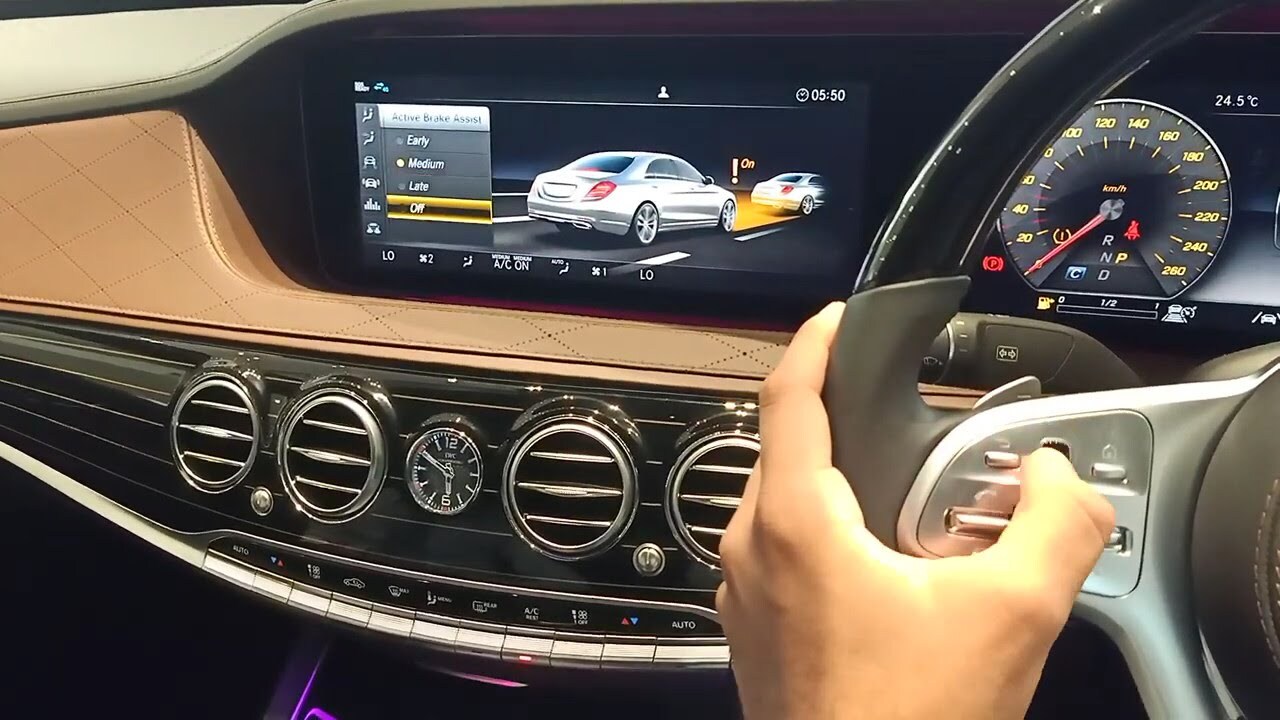
Mercedes-Benz vehicles are known for their cutting-edge technology and advanced safety features. Among these features, one that stands out is the active brake assist function. Mercedes-Benz vehicles equipped with active brake assist functions offer advanced safety features designed to enhance driver assistance and save lives on the road.
It is essential to follow a systematic approach to unlock the full potential of these cutting-edge technologies. Here, we’ll outline the 5 steps to unlocking the full potential of active brake assist functions limited diagnosis Mercedes-Benz:
- Understand the capabilities of the Active Brake Assist function.
- Familiarize yourself with the diagnosis limitations of the system.
- Ensure that the system is properly calibrated and up to date.
- Regularly inspect and maintain the sensors and components of the system.
- Stay informed about any software updates or improvements provided by Mercedes-Benz.
Familiarizing Yourself With The Active Brake Assist System

The Active Brake Assist system is an important safety feature in Mercedes vehicles, designed to help prevent collisions by automatically applying the brakes when it detects an impending collision. To unlock the full potential of this system, it is crucial to familiarize yourself with how it works and the various functions it offers.
The Active Brake Assist system uses sensors and cameras to monitor the road ahead and detect potential obstacles or pedestrians. It can apply partial or full braking force to mitigate or avoid a collision. By understanding how this system operates, you can better utilize its capabilities and ensure your safety on the road.
Identifying Common Issues And Error Codes
When unlocking the full potential of active brake assist functions and diagnosing common issues, there are several steps you can follow. Following these below steps, you can effectively unlock the full potential of your Mercedes’ active brake assist functions and address any common issues that may arise along the way.
Some common error codes that may be encountered include C1121 (Pressure Sensor 1), C1122 (Pressure Sensor 2), C1123 (Pressure Sensor 3), and C1124 (Pressure Sensor 4), among others. Here is Some information to help you identify and address any error codes or problems that may arise:
- Familiarize yourself with common error codes for Mercedes-Benz vehicles.
- Use a diagnostic tool or OBD-II scanner to retrieve the error code.
- Research the meaning and causes of the error code.
- Check specific components or systems related to the error code.
- Inspect components or systems for visible issues.
- Seek professional assistance if the problem is not apparent.
- Keep a record of error codes and steps taken.
- Perform regular maintenance and service tasks.
Troubleshooting And Resolving Common Problems
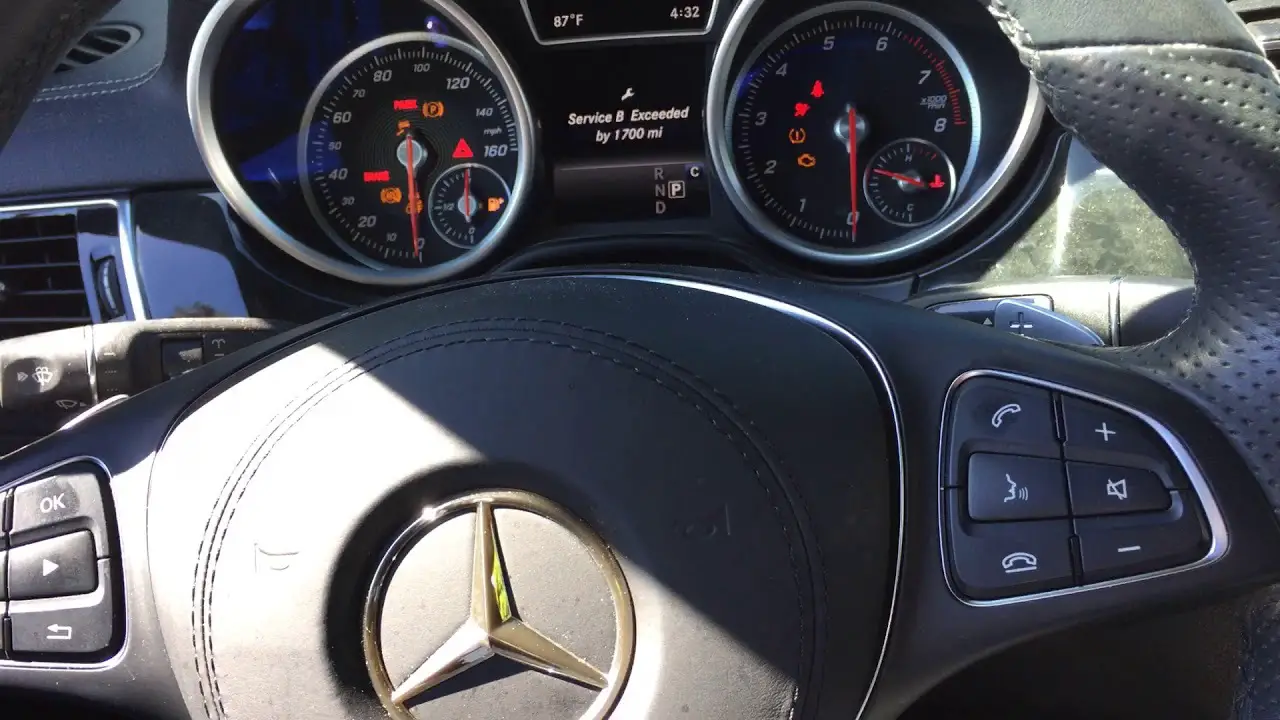
Troubleshooting and resolving common problems with active brake assist functions on Mercedes vehicles can help unlock their full potential. Following the steps below, you can troubleshoot and resolve common problems with active brake assist functions on your Mercedes vehicle, ensuring optimal driving safety. Here are five steps to follow:
- Identify the issue
- Check for software updates
- Inspect sensors and cameras
- Reset the system
- Seek professional assistance
Performing Regular Maintenance And Inspections

Regular maintenance and inspections are crucial for unlocking the full potential of active brake assist functions on Mercedes vehicles. These systems rely on sensors, cameras, and other components to detect potential collisions and automatically apply the brakes if necessary. However, these components can become dirty or damaged over time, affecting performance.
By regularly inspecting and maintaining these systems, including cleaning sensors and checking for any signs of wear or damage, drivers can ensure that their active brake assist functions operate at their best. This can help to enhance overall safety on the road and provide peace of mind for Mercedes owners.
Enhancing And Customizing Your Active Brake Assist Functions

Several options are available to enhance and customize your active brake assist functions on your Mercedes. One option is to adjust the system’s sensitivity, allowing you to set it to a level that suits your driving style and preferences.
You can also customize the warning signals, choosing whether you want an audible alert or visual warning when the system detects a potential collision. Additionally, you may be able to activate additional features, such as pedestrian or cyclist detection, depending on the specific model of your Mercedes.
By taking advantage of these customization options, you can unlock the full potential of your active brake assist functions and enhance your overall driving experience.
Check If The Active Brake Assist Light Isn’t On
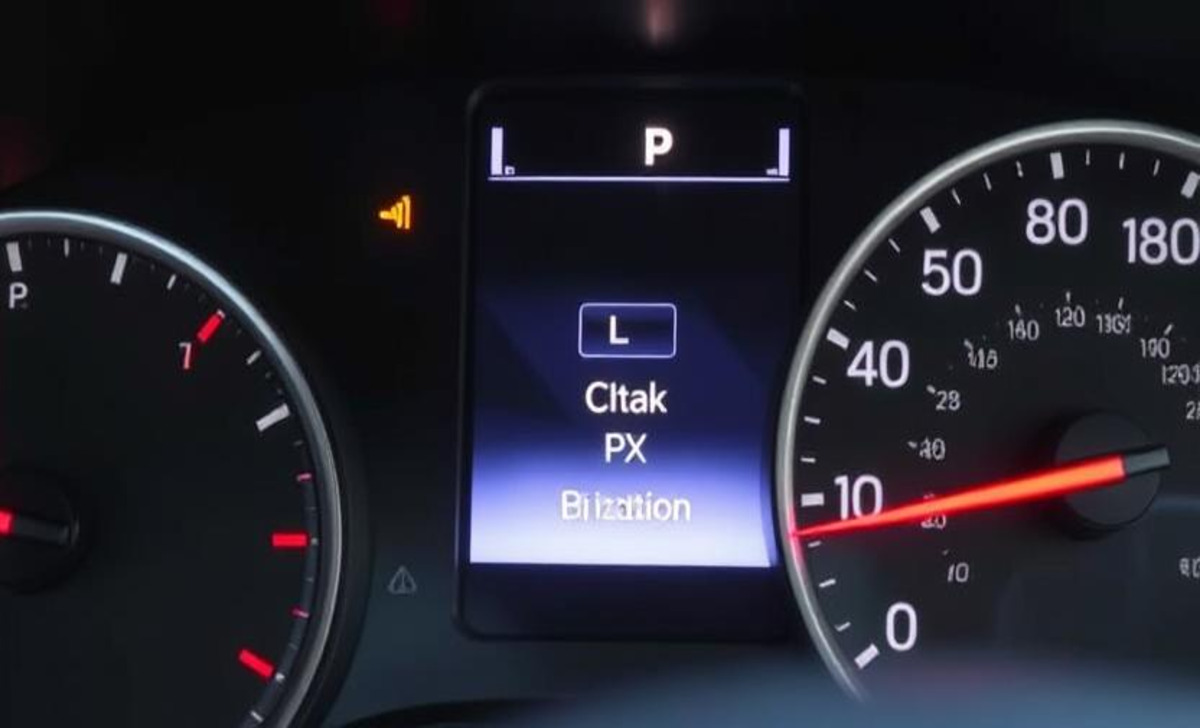
If the active brake assist light is on in your Mercedes-Benz, continuing driving with it illuminated is not recommended. The active brake assist system is designed to help prevent collisions by automatically applying the brakes if a potential collision is detected.
If the light is on, it could indicate a malfunction in the system, which may result in the brakes not working as intended. It is important to have the vehicle inspected and repaired by a certified technician to ensure the system is functioning properly and to maintain your safety while driving.
Advanced Techniques And Tips For Optimizing Performance
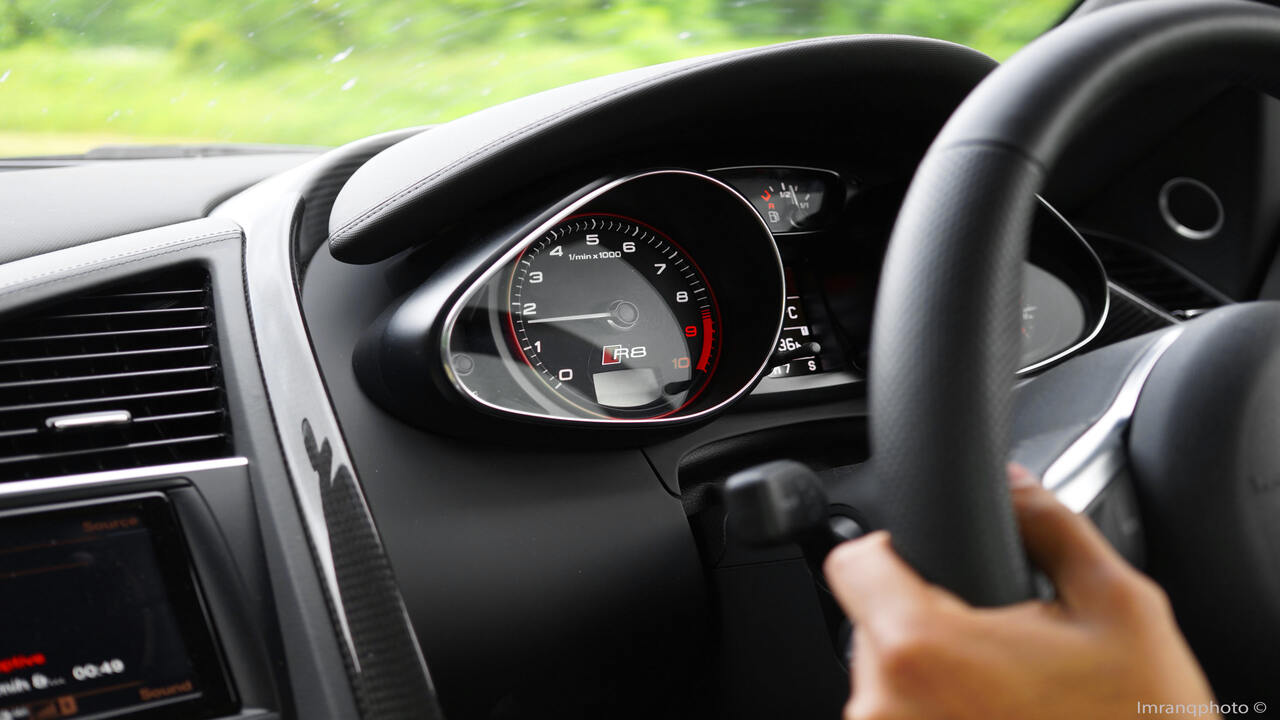
Technicians and engineers must stay updated with the latest vehicle safety system advancements as the automotive industry evolves. One such system that has gained significant popularity is the active brake assist (ABA) function offered by Mercedes-Benz.
This innovative feature utilizes advanced sensors and algorithms to detect potential collision risks and automatically apply the brakes if necessary. However, to ensure optimal performance, it is essential to implement certain techniques and tips for optimizing the ABA function.
Here are some key points to consider when optimizing the advanced techniques and tips performance of the ABA function in Mercedes-Benz vehicles:
Advanced Techniques
- Sensor Calibration
- Software Updates
- Sensor Cleaning
- Proper Maintenance
- Education and Training
Tips
- Understand the system
- Regular maintenance and updates
- Practice safe driving habits
- Keep sensors clean
- Stay informed
How Does Active Brake Assist Work?

Active Brake Assist, developed by Daimler AG, enhances vehicle safety by utilizing radar sensors to monitor the road ahead. When the system detects an imminent collision with a vehicle, pedestrian, or obstacle, it warns the driver. Active Brake Assist can autonomously apply the brakes to mitigate or prevent the collision if the driver fails to respond.
This system analyses data from multiple radar sources, enabling it to accurately assess critical situations and apply appropriate braking force. By continuously monitoring the environment, it can intervene in complex traffic situations, reducing the risk of accidents.
Common faults with Active Brake Assist may include issues with radar sensors, faulty accelerator pedal signals, or fault codes indicating system malfunctions. Regular maintenance and diagnostic checks are essential to ensure this safety feature operates effectively and reliably, providing drivers with an extra layer of protection on the road.
How Do You Turn Off Active Brake Assist?
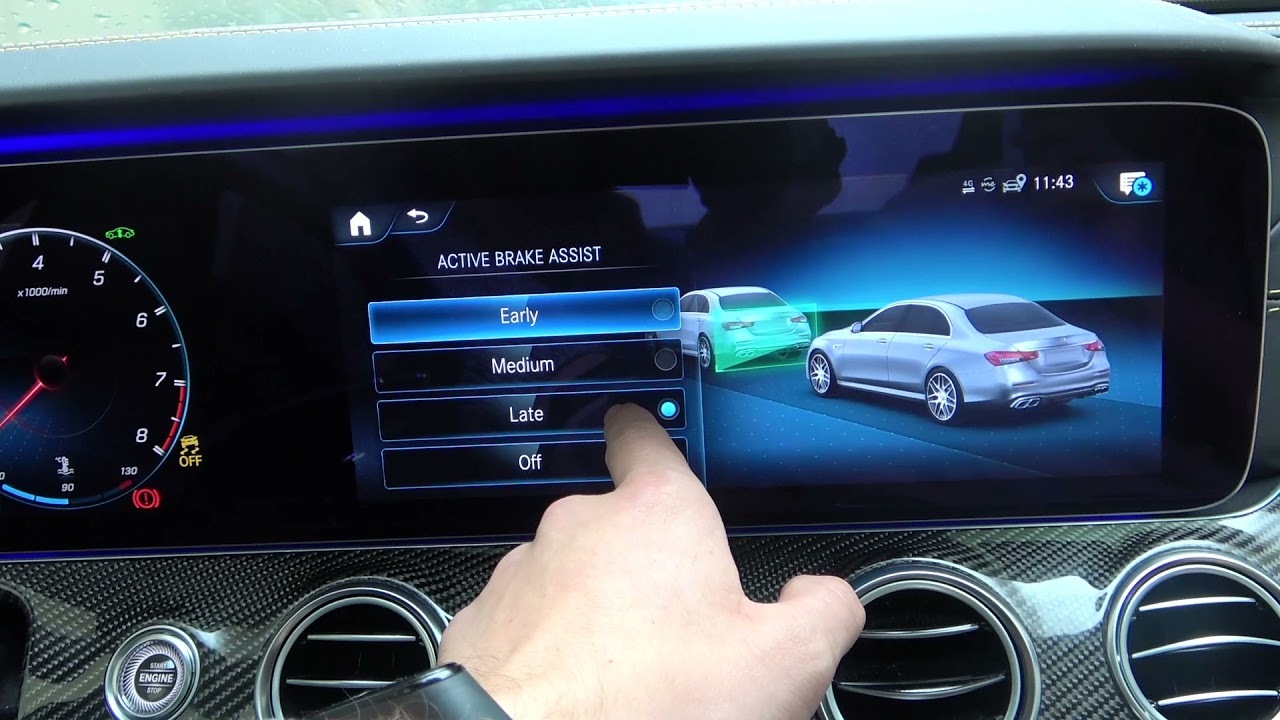
Turning off Active Brake Assist in a Mercedes-Benz vehicle typically involves accessing the vehicle’s settings menu through the infotainment system. To explore whether Active Brake Assist can be adjusted or deactivated in your specific Mercedes-Benz model, follow these general steps:
- Access Vehicle Settings: Navigate to the settings menu on the infotainment screen using the control interface or touchscreen.
- Driver Assistance Settings: Look for a section on driver assistance or safety systems. Depending on the model, this may be labeled differently but often includes options to adjust various safety features.
- Active Brake Assist: Within the driver assistance settings, you may find an option to enable or disable Active Brake Assist. If available, toggle this option to turn off the system.
- Confirm Changes: Once adjusted, confirm your selection to save the changes.
If you cannot find an option to turn off Active Brake Assist through the settings menu. Refer to your vehicle’s owner’s manual or consult with a certified Mercedes-Benz dealership for guidance. They can provide specific instructions tailored to your vehicle model and ensure that any adjustments comply with safety regulations.
How Does A Mercedes Emergency Brake work?
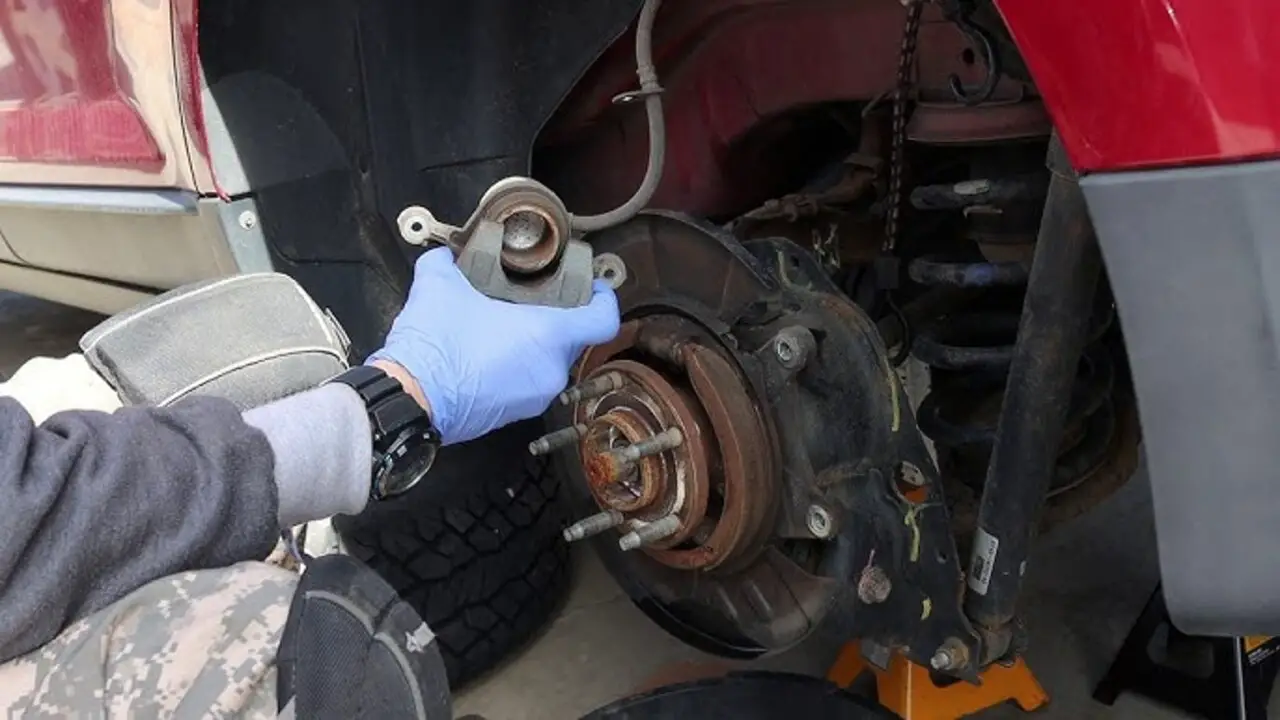
Mercedes-Benz emergency braking often called autonomous emergency braking (AEB). Operates through a combination of sensors and algorithms to detect potential collisions. When the system identifies an imminent collision with objects or vehicles ahead.
It issues a warning to the driver via visual or auditory signals. If the driver fails to respond by applying the brakes. The emergency brake system intervenes autonomously, applying braking force to mitigate or prevent the collision.
The system utilizes various sensors, including radar and cameras, to assess the situation and calculate the necessary braking force. This distance warning function alerts the driver to maintain a safe distance from other vehicles, while the autonomous braking function acts as a safety net in critical situations.
For enthusiasts concerned about safety, Mercedes-Benz emergency brake technology offers peace of mind by providing additional protection against collisions. Even in scenarios where the driver cannot react in time.
Conclusion
Active brake assist functions limited diagnosis Mercedes-Benz vehicles help prevent collisions by automatically applying the brakes when it sense an imminent collision. Understanding the active brake assist functions limited can greatly enhance your driving experience and ensure your and your passengers’ safety on the road.
By following the step-by-step guide provided, you can unlock the full potential of this advanced system and optimize its performance. Familiarize yourself with the system and identify common issues and error codes. Troubleshoot and resolve problems, perform regular maintenance and inspections, and customize the functions to suit your needs.
If you own a Mercedes-Benz and have concerns about the functionality of your active brake assist system, be sure to schedule an appointment with a certified technician for a thorough inspection and any necessary repairs.
Frequently Asked Questions
1.What Is The Recall On Mercedes Active Brake Assist Functions Limited?
Due to potential software issues, the recall of Mercedes active brake assist functions is limited to specific models built over certain years. Still, the exact details can vary depending on the specific model and production year involved. Owners should check with Mercedes or their local dealership for specific recall information and to schedule any necessary repairs or updates.
2.Can You Drive With An Active Brake Assist Light On?
It is not recommended to drive with an active brake assist light on because it indicates a potential issue with the braking system that may compromise safety. Inspecting the vehicle by a qualified mechanic to identify and address the problem before driving again is important.
3.Where Is The Radar Sensor On A Mercedes E-Class?
The radar sensor on a Mercedes E-Class is typically located behind the front grille or within the front bumper, depending on the specific model year and optional features included in the vehicle.
4.Can You Turn Off Active Brake Assist?
In certain Mercedes-Benz models, Active Brake Assist can be temporarily turned off using the transport mode feature, which is useful for off-road driving or in situations where dirt or debris might trigger the system unnecessarily.
However, permanent modifications to completely disable the system are generally not recommended due to safety concerns. It’s crucial to consider the implications for different traffic situations and consult with a certified technician before making any changes.
5.Can You Drive With The Active Brake Assist Light On?
Yes, you can drive with the Active Brake Assist light on, but addressing the underlying issue promptly is crucial. The light indicates a potential fault with the system, which may affect its ability to provide automatic emergency braking.
While driving with the light on, remain vigilant and prepared to manually apply the brakes. If accompanied by an intermittent warning tone, consider it a signal to be extra cautious and ready to respond to emergencies.
6.What Is The Brake Assist Warning On A Mercedes Benz?
The brake assist warning on a Mercedes Benz is an alert that indicates an issue with the brake system, specifically the brake assist feature, which helps provide additional braking power in emergency situations.
This warning could indicate a problem with the brake assist system, the brake fluid levels, or other issues requiring immediate attention to ensure safe driving and braking performance.